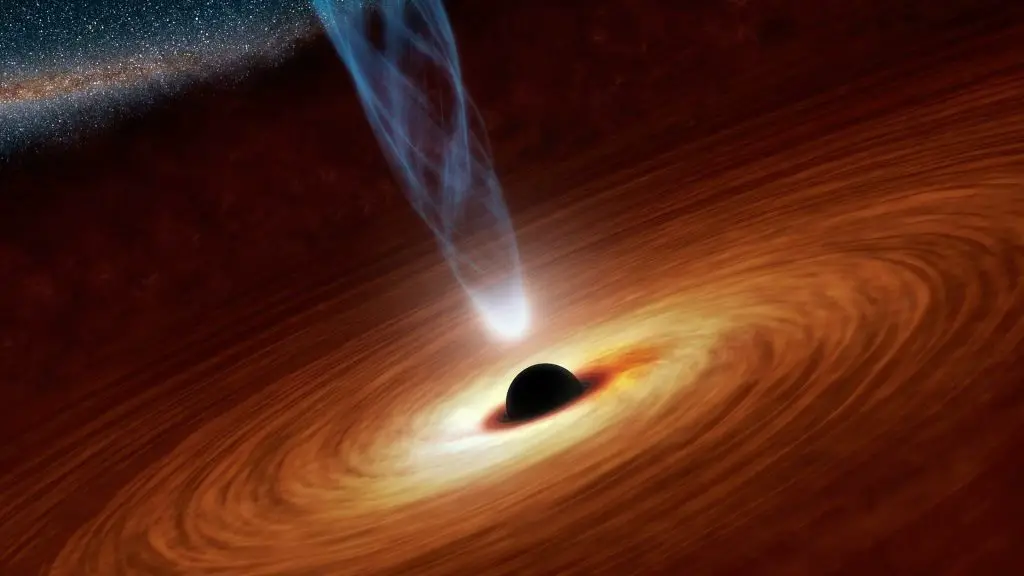Ancient astronomers struggled to understand the concept of the speed of light. Before its discovery, some researchers thought that the speed of light was either extremely fast to measure or infinite. On Nov. 21, 1676, Ole Rømer, a Danish astronomer discovered the speed of light.
Rømer accidentally discovered this while studying Jupiter’s volcanic moon, Io. While experimenting, he was attempting to discover how long it takes Io to complete an orbit around the gas giant. Rømer was hoping to use the results of his experiments as a cosmic clock. While he observed through a telescope, Rømer watched Io vanish behind Jupiter and reappear on the other side of the gas giant.
He repeated the observation over and over again every 42 hours. Rømer marvels to discover that the timing of the eclipses was varying. As Earth moves to its closest point to Jupiter, the eclipses occurred eleven minutes early. And when Earth reached its farthest point away from Jupiter, the eclipses occurred eleven minutes late. Rømer closely studied the changes and accurately predicted Io’s eclipse that occurred on Nov. 9, 1676.
How Ole Rømer Accidentally Discovered the Speed of Light
After completing the observation, Rømer marvels at the outcome. On Nov. 21, 1676, he visited the Royal Academy of Sciences and revealed that a finite speed of light must be responsible for the changes he noticed during his observations. Rømer used the Paris Observatory to make the fascinating discovery.
Hence, scientists across the world celebrated as the Io eclipse data has helped them to solve a major scientific problem, which is determining the speed at which light . The moon with an orbital period of 1.769 Earth days eclipses Jupiter once every orbit when observed from Earth. Rømer timed these eclipses over many years to make the discovery.
Rømer already knew that the actual orbital period of Io does not have anything to do with the position of Earth and Jupiter. Hence, he noticed that the time difference must be because of the finite speed of light.
This implies that light from the Jovian system has to travel farther to reach the Earth system when the two planets are on opposite sides of the Sun than when they move much closer to each other. Rømer also discovered that light will need about twenty-two minutes to cross the diameter of the Earth’s orbit.
Hence, the speed could be calculated by dividing the diameter of Earth’s orbit by the time difference. Rømer later returned to Denmark in 1681 to pursue a career in science and government. He also designed and built the most accurate astronomical instruments of his era.
Scientists at that time used Rømer’s instruments to conduct extensive observations of the Universe. He served as mayor and prefect of police of Copenhagen which was as head of the State Council. Today, Rømer is remembered as the first person to accurately measure the speed of light.
What is The Accurate Measurement for the Speed of Light?
In 1678, the Dutch scientist Christiaan Huygens did the arithmetic to find the value for the speed of light equivalent to 131,000 miles per second. However, with the assistance of modern astronomical instruments, astronomers now find the correct value to be 186,000 miles per second.
The difference was because of errors in Rømer estimate for the maximum time delay. Keep in mind that Rømer time day was 22 minutes. However, modern astronomers later discovered the maximum time delay to be 16.7.
The detailed knowledge of Earth’s orbital diameter enabled modern astronomers to come up with this accurate value. However, Rømer’s data offered the first quantitative estimate for the speed of light.
Frequently Asked Questions
How long is 1 speed of light?
The speed of light travels at a constant finite speed of 186,000 miles/sec. This implies that an astronaut moving at this speed would travel around Earth in about 7.5 times in only one second. This is absolutely mindblowing.
What is the speed of light in simple words?
In simple words, is the speed at which light and other forms of electromagnetic radiation travel in a Vacuum. Generally, it is classified as a fundamental universal constant. Mathematically, the speed is measured to be 186,282.4 miles per second (299,792,458 meters per second).
Conclusion
On Nov. 21, 1676, Ole Rømer, a Danish astronomer discovered the speed of light. Rømer accidentally discovered this while studying Jupiter’s volcanic moon, Io. To this day, astronomers across the world still appreciate the works of Ole Rømer. Learn more about the speed from these books.




